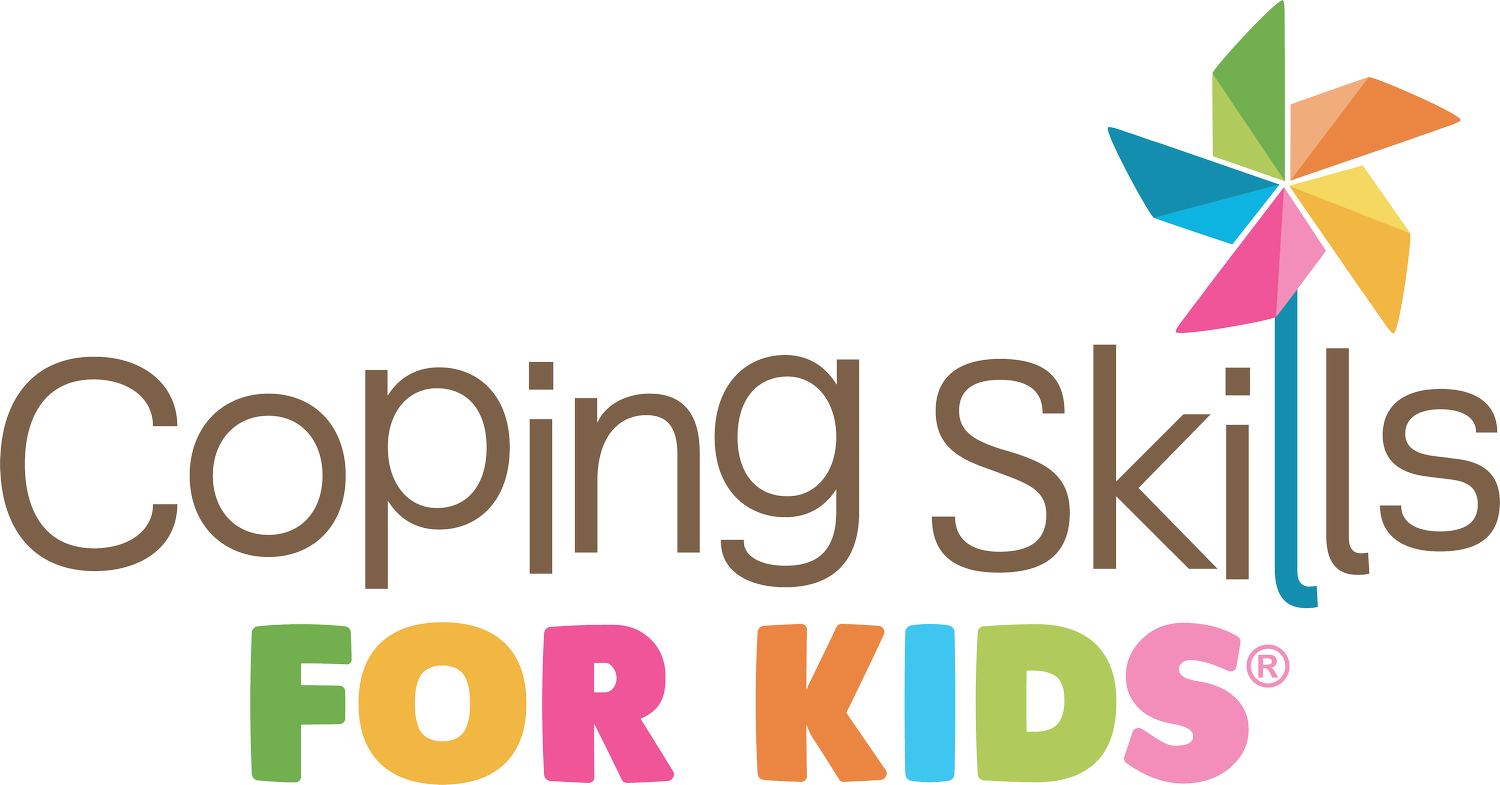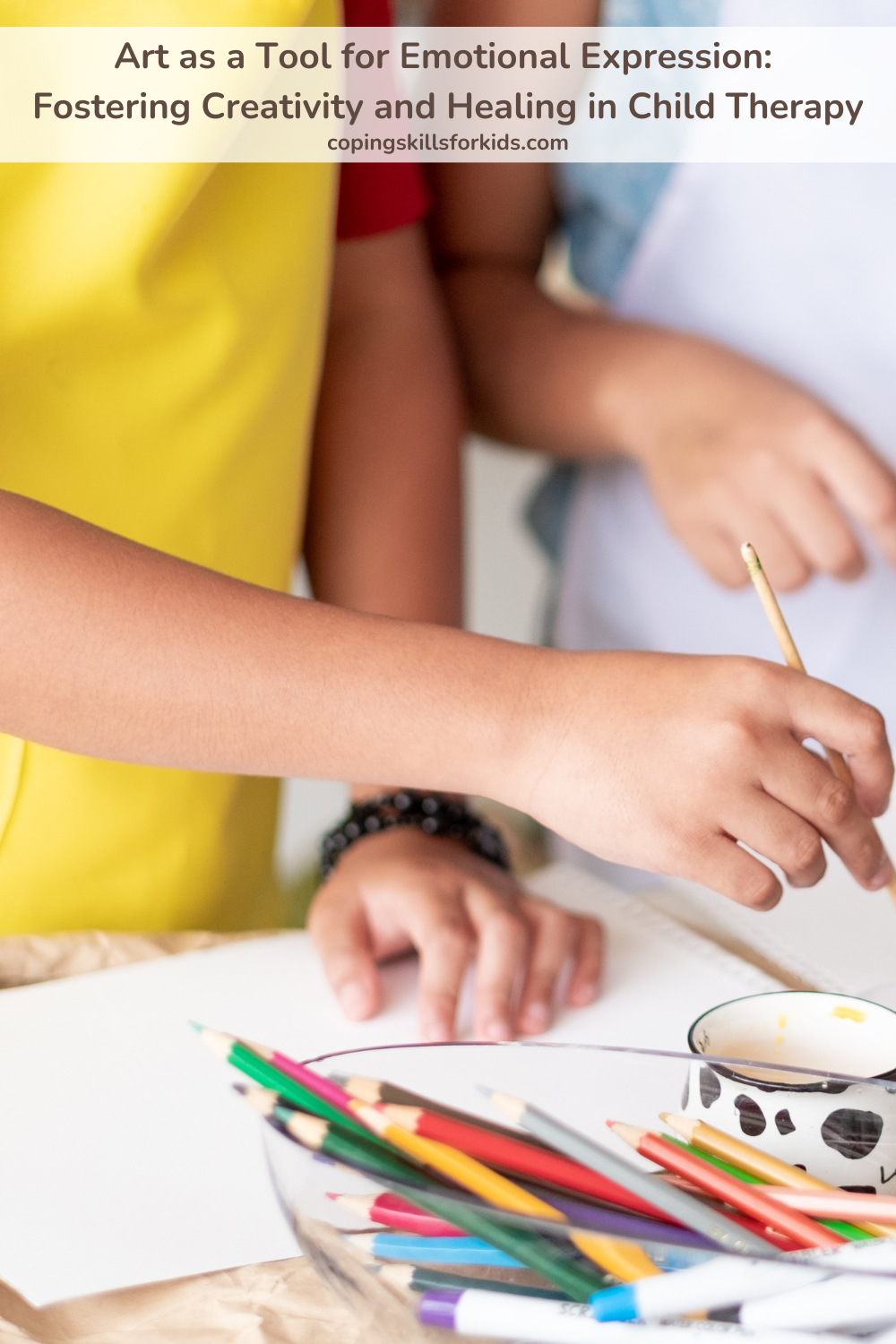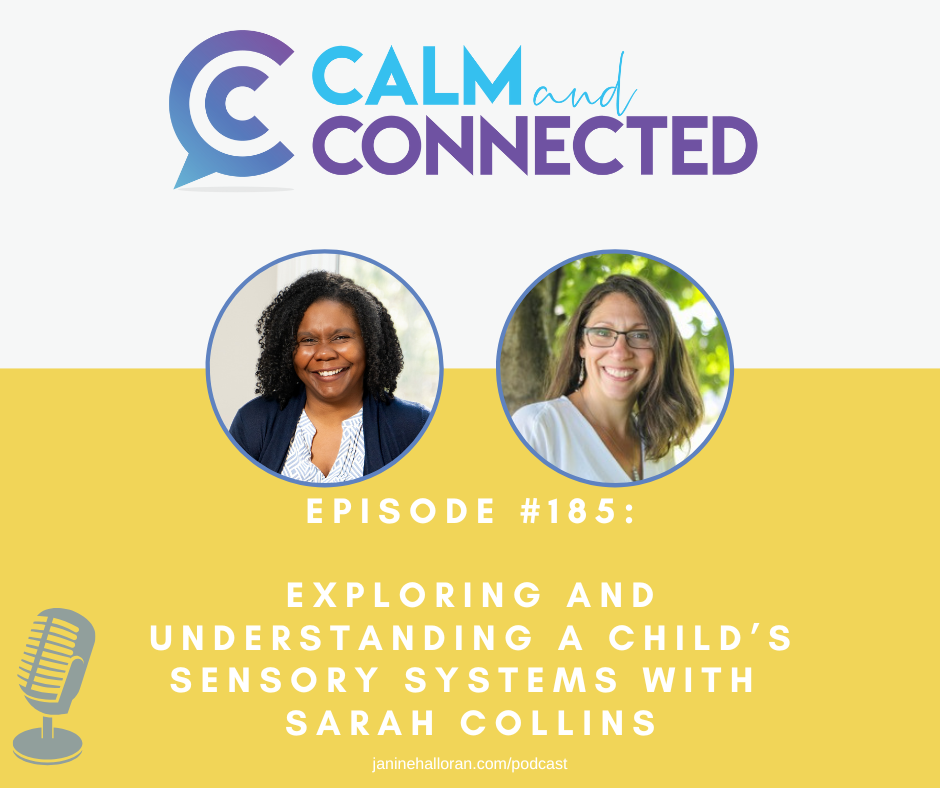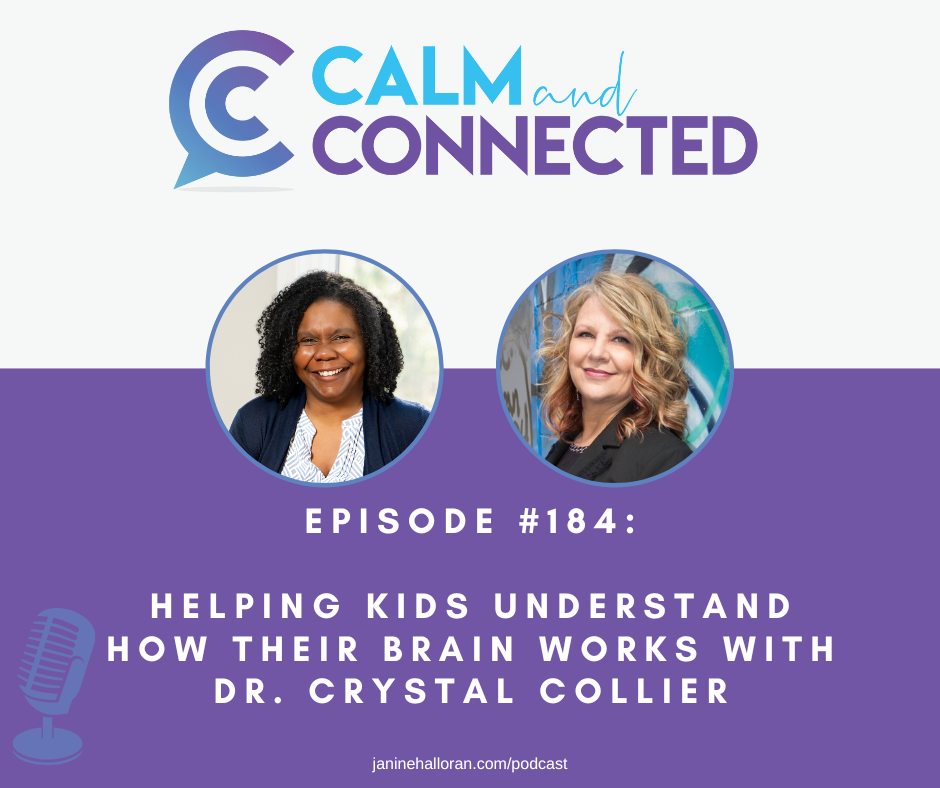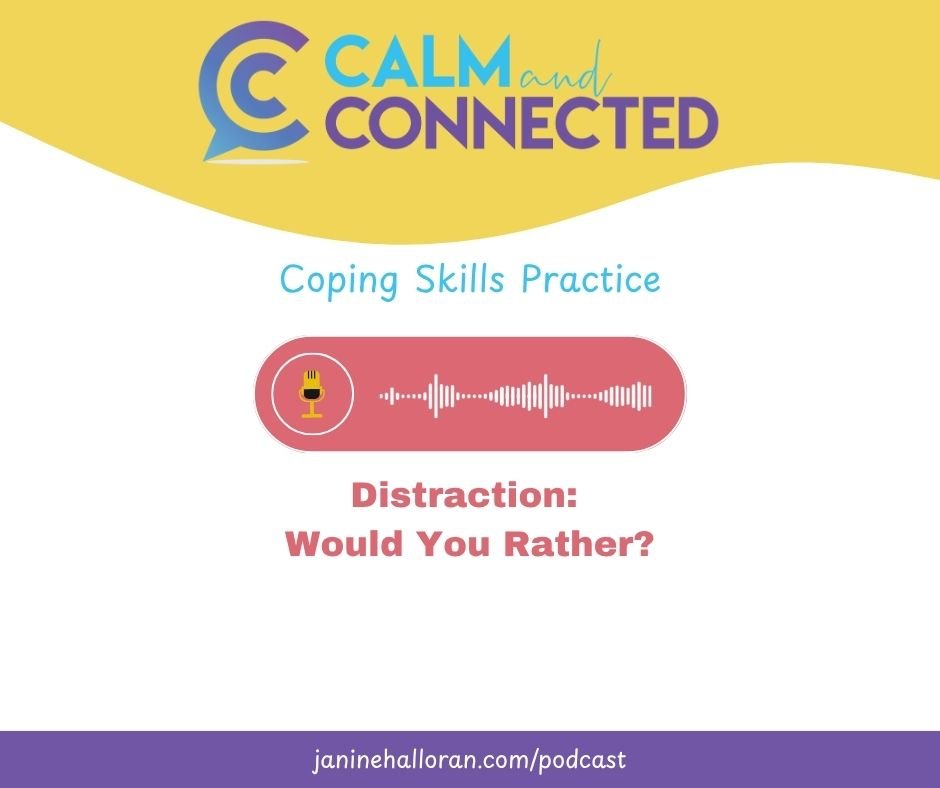Inside: Guest Post
Art serves as a powerful medium for emotional expression in child therapy, transcending the confines of words and offering a unique outlet for young minds to navigate their feelings and experiences. This therapeutic approach harnesses the innate creativity of children, allowing them to communicate, process, and heal in ways that words alone cannot achieve.
In this exploration, we delve into the multifaceted role of art as a transformative tool, shedding light on how it catalyzes creativity and fosters emotional healing in the realm of child therapy.
The Psychological Benefits of Art in Child Therapy
Emotional Expression and Catharsis
Art emerges as a powerful conduit for children to convey intricate emotions that often elude verbal expression. Through brushstrokes, colors, and shapes, youngsters find a profound means to externalize their inner worlds, offering therapists a window into their feelings. This visual language allows for a cathartic experience, wherein complex emotions find release and resolution as they transform into tangible, comprehensible visual narratives.
Enhanced Self-Esteem and Confidence
When children complete an art piece, it's not just about colors on paper; it's a testament to their creative journey. Each brush stroke can uplift a child's sense of self-worth. For example, in a study at Stanford University, kids who regularly engaged in art classes reported heightened pride and confidence. One participant, a young girl named Terra, beamed with joy, saying, "When I paint, I feel like I can do anything." Art isn’t merely expression; it's empowerment.
Strengthened Focus and Concentration
Art activities inherently possess a meditative quality that captivates children's attention and fosters concentration. This immersion in creative tasks translates into tangible improvements in their ability to maintain focus, persevere through challenges, and sustain interest in various activities. Real-life situations often reveal how children, through consistent engagement with art, exhibit enhanced attention spans and a greater capacity for sustained effort.
Art as a Language for Children
Art, a universal language, empowers children to express thoughts and emotions while promoting creativity and connection, exceeding age barriers.
Breaking Communication Barriers
Communication can pose a formidable challenge for children, often hindering their ability to articulate complex emotions or experiences verbally. However, art emerges as a universal language that gracefully transcends these verbal limitations, providing an alternative means of expression and connection.
Interpretation and Insight
Interpretation and insight are essential facets of the therapeutic process when working with children's artworks. Therapists employ various established theories and methodologies to decipher the underlying messages and emotions conveyed through a child's creative expression. These include art psychotherapy techniques like the visual metaphor analysis, where symbols and imagery are explored for deeper meanings, and the use of color and composition analysis to unveil subconscious thoughts and feelings. These well-founded approaches enable therapists to gain valuable insights into a child's inner world, fostering a deeper understanding and facilitating effective therapeutic interventions.
Implementing Art-Based Techniques in Therapy
Selecting the Right Medium
Selecting the right artistic medium is pivotal in child therapy. Each medium, whether it's drawing, painting, or clay modeling, holds unique therapeutic attributes. Drawing may encourage precision and focus, while painting might stimulate emotional expression through color. Clay modeling offers tactile exploration. The key lies in assessing a child's individual needs and preferences.
Therapists, with their expertise, guide this selection process, tailoring it to the child's personality, challenges, and therapeutic goals. The chosen medium becomes a personalized avenue for creative and emotional growth.
Creating a Safe and Encouraging Environment
Creating a safe and encouraging environment is paramount in nurturing a child's artistic and emotional growth. Firstly, it's essential to establish a judgment-free zone where children feel free to express themselves without fear of criticism. Secondly, the art space should be well-equipped with quality materials, fostering creativity and exploration. Lastly, offering positive reinforcement and validation for their efforts, rather than focusing solely on the end product, instills confidence and a sense of accomplishment. This environment becomes a haven where children can flourish creatively and emotionally.
Guided Art Activities vs. Free Exploration
Guided art activities and free exploration both hold valuable places in child therapy. Guided tasks target specific therapeutic goals, aiding in areas like emotional regulation or social skills development. Conversely, unstructured art encourages self-expression and fosters creativity without predefined objectives. It allows children to organically discover their emotions and narratives. The choice between them often depends on the child's needs and the therapist's objectives, with each approach offering distinct benefits for growth and healing.
Incorporating Feedback and Reflection
Incorporating feedback and reflection into the therapeutic art process is instrumental for children's growth and self-confidence. Therapists employ strategies to encourage children to open up about their art, helping them articulate their thoughts and emotions. Skillful guidance allows therapists to offer constructive feedback, reinforcing positive aspects while gently addressing areas of improvement. This collaborative approach empowers children to see their progress, nurturing not only their artistic skills but also their self-esteem and emotional development.
Collaborative Art Projects
Collaborative art projects within therapy settings are a dynamic approach to harnessing creativity and emotional expression. These projects introduce children to the world of shared creation, encouraging interaction and cooperation among peers. The benefits extend beyond artistic endeavors, as they foster a sense of belonging, improve communication skills, and enhance emotional awareness. By working together, children not only create art but also develop essential life skills and deeper connections, making collaborative projects a powerful tool in the therapeutic toolkit.
The Takeaway
Art in child therapy is a potent means of expression, breaking down barriers for children who struggle with words. It empowers them to convey intricate emotions, enhances self-esteem, and fosters concentration. Beyond individual growth, art can create collaborative spaces that promote emotional connection and social skills.
As we wrap up this exploration, it's crucial for therapists, parents, and educators to recognize and utilize art's therapeutic potential. By integrating art into children's lives, we unlock their creativity, communication, and emotional resilience, equipping them to navigate life's challenges. Embracing art as a therapeutic language enriches their emotional landscape, helping them flourish into expressive, confident individuals.
